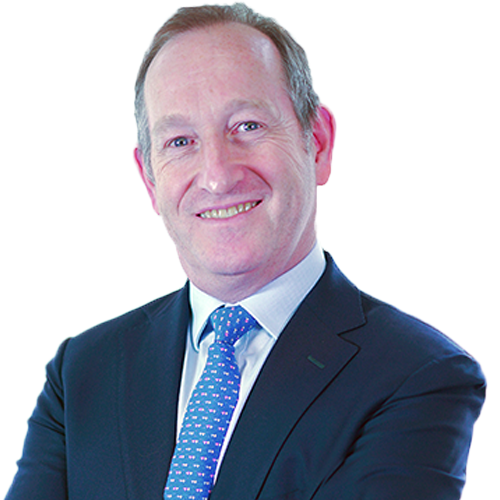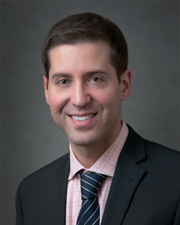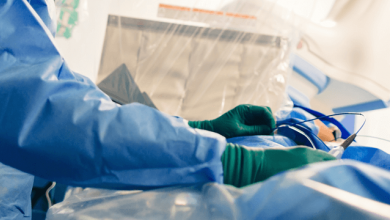Search results
Author(s):
Henry Chubb
,
John Whitaker
,
Steven E Williams
,
et al
Added:
3 years ago
Atrial Septal Defects and Patent Foramen Ovale
Nomenclature
The atrial septum is a complex structure, with the true septum comprised of two layers containing a potential flap valve. The septum primum extends from caudal to cranial within the atria, on the left side of the septum secundum. The septum secundum is a crescent-shaped infolding of the atrial roof, extending from the anterosuperior…
View more
Michael J Mullen
Job title: Consultant Interventional Cardiologist
Author
Chad A Kliger
Job title: Director, Structural Heart Disease of Cardiovascular Medicine
Author
Author(s):
Marwan M Refaat
,
Jad Ballout
,
Moussa Mansour
Added:
3 years ago
Although there is no formal database of adults with congenital heart disease (CHD) in the United States, the prevalence and incidence of CHD can be estimated and extrapolated from data in the Canadian providence.1 As such, the prevalence of CHD in the United States has been estimated in 2010 to be around 2.4 million people (1.4 million adults and 1 million children), with an incidence of between…
View more
Author(s):
Carina Blomström-Lundqvist
,
Tatjana S Potpara
,
Helena Malmborg
Added:
3 years ago
With the advent of successful surgical repairs and modern diagnostic techniques, an increasing number of patients with congenital heart disease survive to adulthood. Despite these improvements, the surgical corrective atrial incisions performed during childhood lead to subsequent myocardial scarring that have the inherent risk of harbouring substrates for macro-reentrant atrial tachycardias …
View more
Author(s):
Rodrigo Gallardo Lobo
,
Michael Griffith
,
Joseph De Bono
Added:
3 years ago
Around 0.8% of live births are affected by some type of congenital heart disease; 30–50% of whom will need one or more surgical interventions, generally during early childhood, involving in some cases complex corrections with patches, baffles or extracardiac circuits.1,2
As a result of advances in surgical interventions, the life expectancy of patients with congenital heart disease has…
View more
Author(s):
Demosthenes G Katritsis
,
Giuseppe Boriani
,
Francisco G Cosio
,
et al
Added:
3 years ago
Endorsed by Heart Rhythm Society (HRS), Asia-Pacific Heart Rhythm Society (APHRS), and Sociedad Latinoamericana de Estimulación Cardiaca y Electrofisiologia (SOLAECE)
This is an executive summary of the full consensus document on the management of supraventricular tachycardia (SVT) patients published in Europace. The consensus document was prepared by a Task Force from the European Heart Rhythm…
View more
Author(s):
Charlotte Brouwer
,
Mark G Hazekamp
,
Katja Zeppenfeld
Added:
3 years ago
The reported incidence of congenital heart disease (CHD) depends on the number of trivial lesions included, such as atrial and ventricular septal defects (ASDs and VSDs). Moderate-to-severe CHD numbers remain stable with 6 per 1,000 live births.1 Survival into adulthood has improved dramatically over the last 25 years and has been driven mainly by a decreased mortality in moderate and severe…
View more
Mapping AF Structural Substrates
Author(s):
Ahmed M Al-Kaisey
,
Ramanathan Parameswaran
,
Jonathan M Kalman
Added:
3 years ago
Article
Author(s):
Steven M Markowitz
,
George Thomas
,
Christopher F Liu
,
et al
Added:
3 years ago
Pioneering electrophysiology studies in the 1990s defined the anatomical boundaries of typical atrial flutter, identified regions for effective catheter ablation of this arrhythmia and described procedural endpoints to minimise recurrences after ablation. Activation and entrainment mapping demonstrated that typical flutter arises from reentry around the tricuspid annulus.1 Criteria to confirm…
View more














